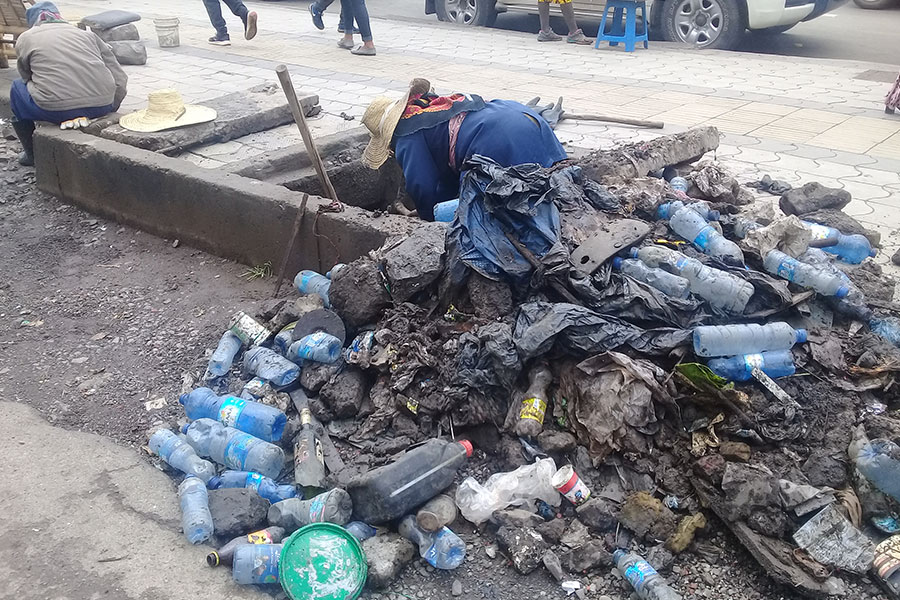
Radar | Jul 11,2021
Jun 27 , 2020
By Alen Tesfaye Brussa
Two of the major problems with banknotes is lack of durability and ease of counterfeiting. As industry leaders in banking call for the printing of higher denomination notes, it would be the perfect opportunity to go with polymer banknotes, instead of paper ones, writes Alen Tesfaye Brussa (alenbrussa@gmail.com).
The creeping depreciation of the Birr and the high amount of circulation outside the banks has led industry leaders to lobby for the introduction of 200 and 500 Br notes. It has also prompted calls for the reissuing of 50 and 100 Br notes.
It would thus be a lost opportunity to fail to call attention to not just the monetary consequences of this decision but also the material that the notes are made of. This requires recognising two major problems with banknotes: lack of durability and ease of counterfeiting.
On average, the life expectancy of a banknote is a little more than two years, and many notes are relatively easy to forge. The primary question for national banks and policymakers is how to create an almost indestructible banknote that is almost impossible to forge.
In the 1980s, researchers came very close to answering this question by coming up with a polymer banknote (plastic note). Four decades later, over 50 countries are using them, including Australia (which is a pioneer), Canada, the UK and Romania. In Africa, countries such as Mauritania, Egypt and Zambia have already issued or are in the process of issuing polymer banknotes.
Why go from paper to polymer?
Polymer is a thin piece of plastic which is more durable than paper. The wear and tear that we typically see with paper banknotes do not affect polymer notes as quickly. Many studies have shown that the latter is likely to last 2.5 times longer than the former since they are waterproof and can withstand extreme temperatures without suffering damage. Such features are essential for a country like Ethiopia, where almost all exchanges are made with cash.
Just as important is the difficulty and effort it takes to forge polymer notes. The technology required to make them is relatively expensive and extremely hard to acquire. If the printing is done well, the images and writing on the notes is made extremely detailed to provide a mechanism against counterfeiting, which unabated can lead to the reduction of the value of real money.
Counterfeiting creates inflation by creating an unauthorised artificial increase in the money supply. Indeed, nothing is counterfeit-proof; but polymer banknotes cut the counterfeit rate in half compared to paper banknotes. Canada has witnessed this, where counterfeiting was slashed by 74pc just four years after their introduction.
Another great benefit of polymer notes is that they can be recycled. There is a decreased chance of depletion of resources, with less harm to the environment and less cost for production.
There are disadvantages too. Current money counting machines would not be able to count polymer notes, so they must be either replaced or refitted. Another major downside is the cost of production, which could be 50pc higher than the cost of paper notes, but this fails to consider the longevity of polymer notes, which decreases the frequency of printing and the benefits of using recyclable worn-out polymer notes.
But such challenges are surmountable, especially if the government takes the experiences of other countries into consideration.
Nigeria, for example, decided to go back to paper currency in 2012 after previously issuing lower denomination notes in polymer. The authorities claimed that the polymer money was fading and alleged that the bills are not environmentally friendly, which is not entirely true.
But what this entails is that there needs to be extreme care taken when it comes to the quality of the printing. Countries that use these bills must invest in the machines that recycle the worn-out notes or have them shipped to the country that printed them out, instead of trying to destroy them.
Changing the banknotes to polymer is something to be considered by the Central Bank of Ethiopia and the government in general. Even though there are benefits and downsides to using polymer banknotes, the former outweighs the latter. They are more durable, secure and environmentally friendly.
It may be that there is no substitute for what is the ultimate measure against counterfeiting – electronic money. But polymer notes are the next best thing and would have enormous benefits for our cash-based society.
PUBLISHED ON
Jun 27,2020 [ VOL
21 , NO
1052]


Radar | Jul 11,2021

Viewpoints | Jan 07,2024
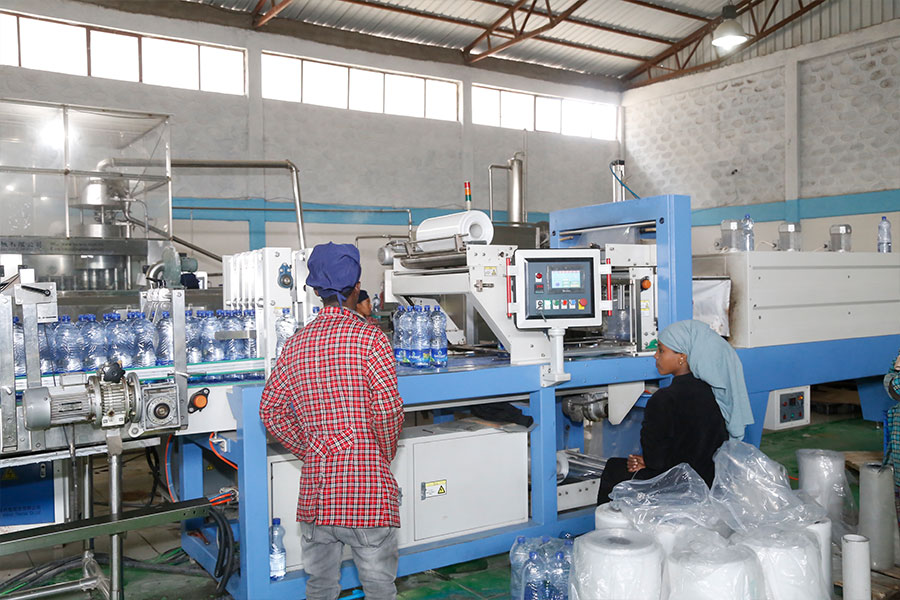
Agenda | Apr 02,2022

In-Picture | Feb 22,2020

Fortune News | Jun 23,2019

Photo Gallery | 176105 Views | May 06,2019

Photo Gallery | 166319 Views | Apr 26,2019

Photo Gallery | 156766 Views | Oct 06,2021

My Opinion | 136876 Views | Aug 14,2021

Dec 22 , 2024 . By TIZITA SHEWAFERAW
Charged with transforming colossal state-owned enterprises into modern and competitiv...

Aug 18 , 2024 . By AKSAH ITALO
Although predictable Yonas Zerihun's job in the ride-hailing service is not immune to...

Jul 28 , 2024 . By TIZITA SHEWAFERAW
Unhabitual, perhaps too many, Samuel Gebreyohannes, 38, used to occasionally enjoy a couple of beers at breakfast. However, he recently swit...

Jul 13 , 2024 . By AKSAH ITALO
Investors who rely on tractors, trucks, and field vehicles for commuting, transporting commodities, and f...
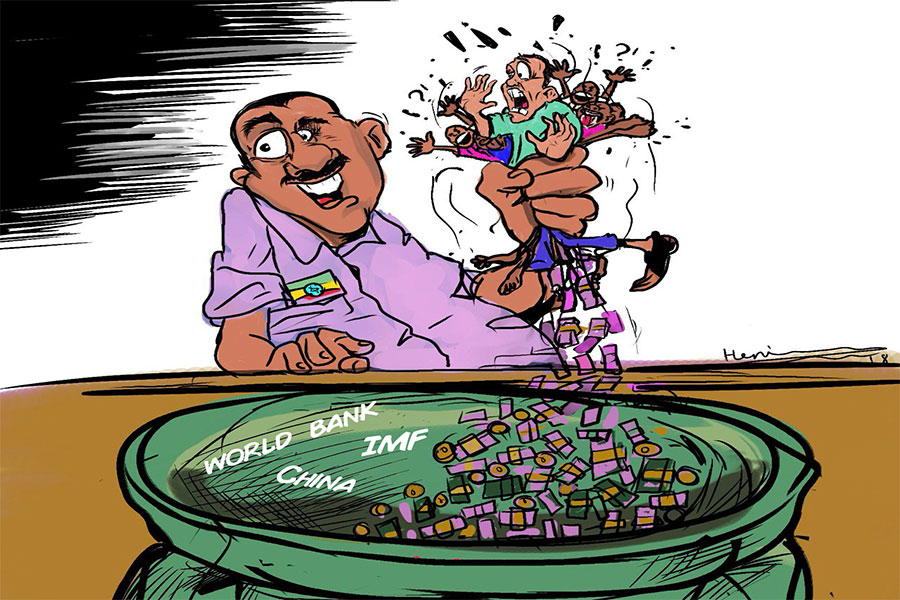
Oct 18 , 2025
The political establishment, notably the ruling party and its top brass, has become p...

Oct 11 , 2025
Ladislas Farago, a roving Associated Press (AP) correspondent, arrived in Ethiopia in...
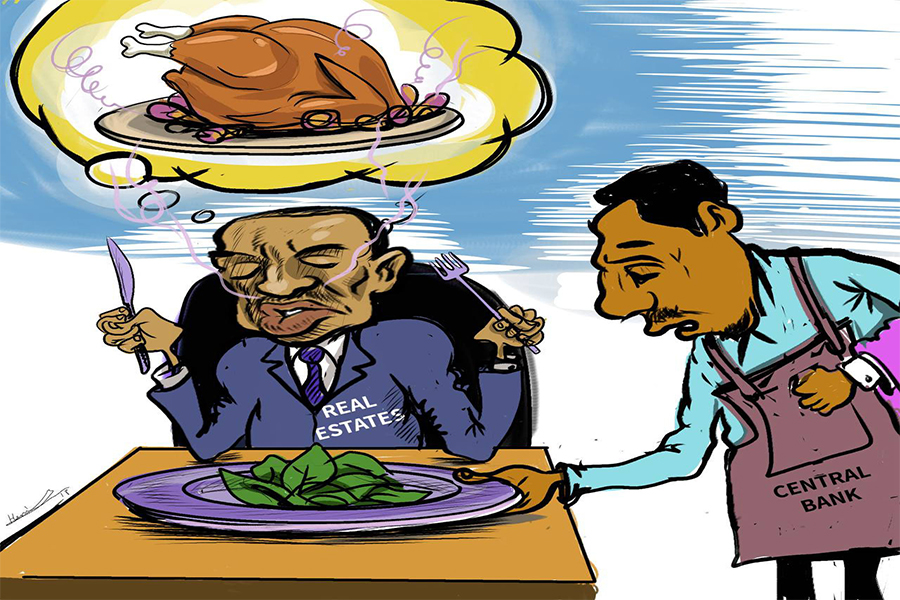
Oct 4 , 2025
Eyob Tekalegn (PhD) had been in the Governor's chair for only weeks when, on Septembe...

Sep 27 , 2025
Four years into an experiment with “shock therapy” in education, the national moo...
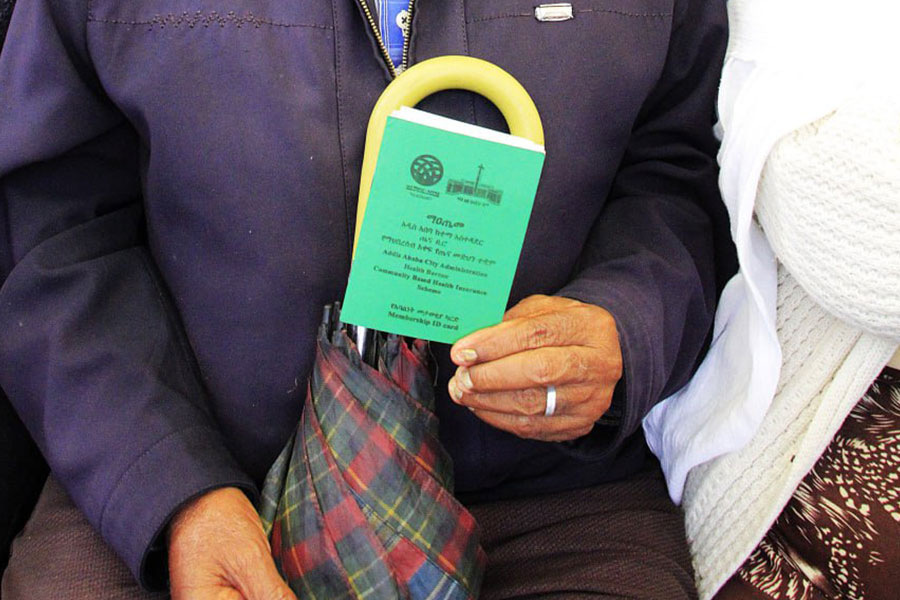
Oct 18 , 2025 . By NAHOM AYELE
In a sweeping reform that upends nearly a decade of uniform health insurance contribu...
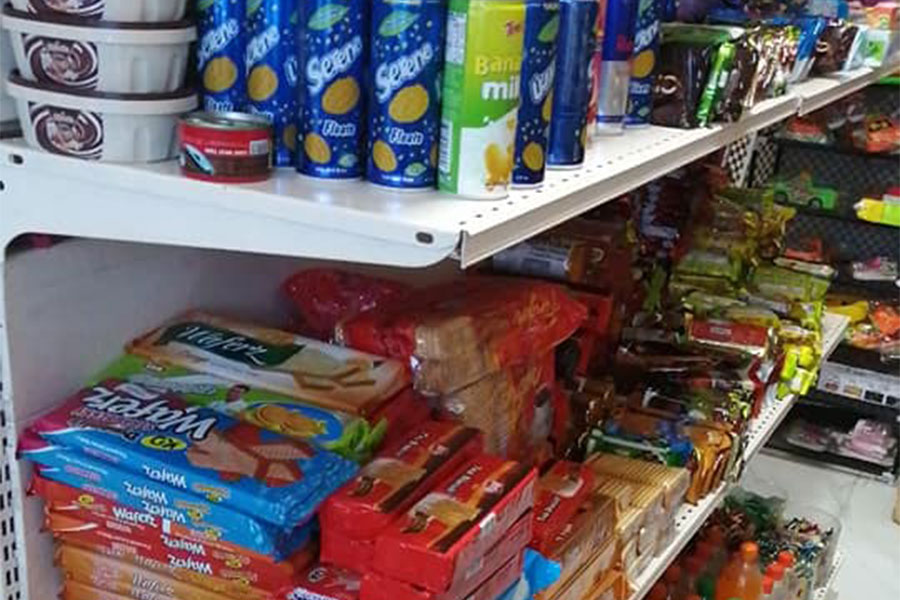
A bill that could transform the nutritional state sits in a limbo, even as the countr...

Oct 18 , 2025 . By SURAFEL MULUGETA
A long-planned directive to curb carbon emissions from fossil-fuel-powered vehicles h...

Oct 18 , 2025 . By BEZAWIT HULUAGER
Transaction advisors working with companies that hold over a quarter of a billion Bir...